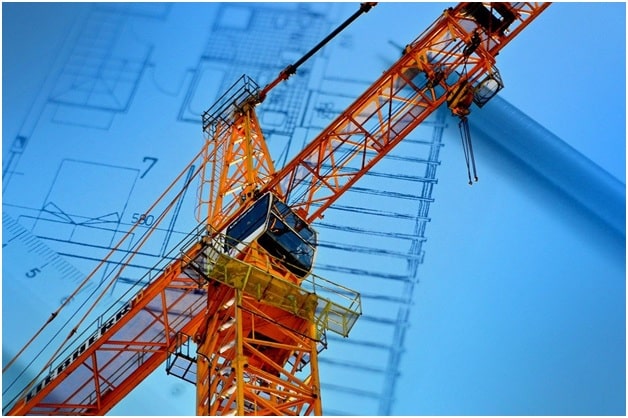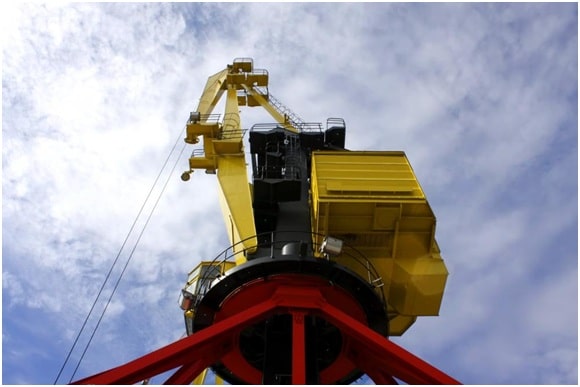
If your business involves the use of crane technology in any form or capacity, one of the most urgent and pressing concerns you’ll face will be ensuring worksite safety. While all lifting and rigging operations require proper pre-operational planning and stringent safety measures, some lifting operations are more dangerous than others – which is why the term “critical lift” exists.
Over the course of this article, we’ll discuss what a critical lift is, what constitutes it and provide some guidelines on preparing for one.
What’s a Critical Lift?
Although there’s no universally-accepted definition for a critical lift, extensive research, experience, and various resources teach us that a multitude of factors contributes to what should be considered a critical lift. According to the National Institute for Occupational Safety and Health (NIOSH), a critical lift is one which involves one or multiple of the following factors:
- lifting a load that approaches the crane’s maximum capacity (70%-90%)
- requires two or more cranes
- the lifting of personnel
- the use of crane configurations that are non-standard
- involves the presence of special hazards
The Occupational Safety and Health Administration (OSHA), on the other hand, has defined a critical lift as one that either involves the use of multiple cranes or lifting a load that is equal to or more than 75% of the crane’s maximum lifting capacity.

Who Devises Critical Lift Plans?
A critical lift plan should be prepared by a qualified person or personnel. OSHA defines a qualified person as one who, by possessing extensive experience, knowledge, and training, or a recognized certificate or degree, demonstrates an ability to solve or resolve issues relating to the work, the project, or the subject matter.
What Should Be Included in a Critical Lift Plan?
Since critical lifts are more challenging and dangerous than other types of crane operations, their plans are more comprehensive. A properly devised critical lift plan is vital to minimize safety risks and ensure that the lift is completed without any issues.
All types of lifts carry a multitude of logistical obstacles, which are heightened by the additional hurdles put into play by an environment or elements of operations that make it more ‘critical’ than a regular lift.

Codifying the Best Practices
The initial part of a critical lift plan should be comprised of some general record keeping. It should include:
- the SWMS (Safe Method Work Statement)
- The exact time and date of the lift
- A brief and precise description of the lift
- The location of the area where the lift is to be performed
These items are requisites in a critical lift plan for future record-keeping, and in the unlikely event that there’s a problem or hazard.
There should also be a brief snippet of instructions included at the beginning of the plan. This will help existing and new operators understand how the plan is to be carried out.
Lift Coordination Team
Next up is putting together a lift coordination team. A critical lift involves multiple parties who work in collaboration to ensure the lift is a successful one. The lift team typically consists of:
- A responsible engineer
- A responsible supervisor
- A crane operator(s)
- A lift supervisor(s)
- Dogman
For record keeping and etiquette purposes, it’s a good idea to create a table with the names, roles, contact number, and company of each party. Keeping these details as a ‘required field’ of your form helps in ensuring that all parties are responsible and engaged for the project they’re ‘signing’ up for.
The Load Details
The next part of a critical lift plan should cover the specifics of the lift. This section should provide a more detailed, comprehensive description of the lift. It should also outline the:
- The load type
- The dimensions of the load
- The center of gravity of the load
- The load summary
- The communication medium(s) that will be used during lift operations
The Crane
In addition to being a critical component of any lift, the crane often initiates a critical lift. It’s important to remember that not every crane is made to be the same, and in some lifts, a crane has to be pushed beyond its comfort zone – and it’s important to plan for such a scenario.
This section of a critical lift plan should include:
- The components of the crane
- The safety equipment and instruments that are to be used
- A capacity check
- A drawing of the rigging configuration
The crane section of a critical lift plan outlines the mechanics of the lift and the crane and should be prepared by the relevant party who has a firm understanding of these mechanics.
The Risk Assessment
The combination of all of the aforementioned details outlines the type of the actual lift and the effort required for it. However, every good plan – particularly if it’s related to industrial or construction operations – should include a risk assessment component.
After the crane and load capacities have been covered and understood, the superintendent of the project will give a final risk assessment of the project. This will be provided after a number of checklist questions, spanning from the slope considerations and the traffic control to the crane slings, have been marked off. The risk assessment will determine whether it’s prudent to proceed with the lift operation or not.
About the author
Claire is a senior business analyst who regularly contributes to our website. She’s a mechanical engineer who specializes in crane safety and provides consultancy services to help construction companies improve their workers’ safety. The author is currently working as a consultant for Crane Warning Systems Atlanta. To find out more about crane wind speed indicator and the company, visit their website.
